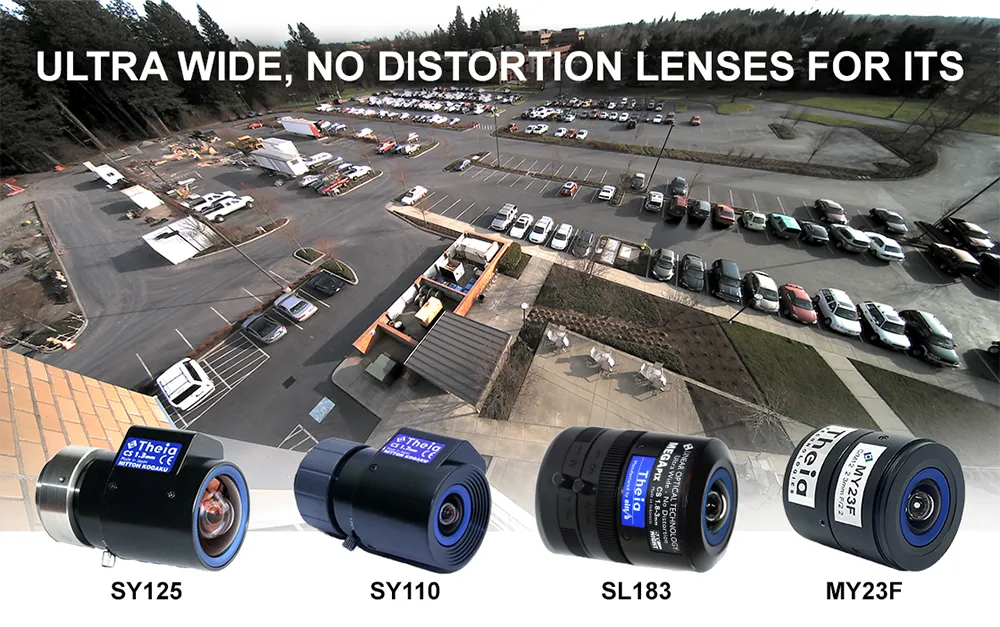Salford City Council in the UK, which has been standardising on Hikvision’s IP cameras across its public space surveillance network of 109 cameras, is to upgrade to the company’s new Smart PTZ camera following recent test run.
The Hikvision DS-2DF8836IV-AELW model features 4K 8 Megapixel (4096 x 2160) resolution, 36x optical zoom, Smart Suite analytics, smart tracking, smart recording, 200m infrared range and an in-built wiper function.
The camera, which also includes increased viewing distances and i
August 15, 2016
Read time: 2 mins
Salford City Council in the UK, which has been standardising on 8011 Hikvision’s IP cameras across its public space surveillance network of 109 cameras, is to upgrade to the company’s new Smart PTZ camera following recent test run.
The Hikvision DS-2DF8836IV-AELW model features 4K 8 Megapixel (4096 x 2160) resolution, 36x optical zoom, Smart Suite analytics, smart tracking, smart recording, 200m infrared range and an in-built wiper function.
The camera, which also includes increased viewing distances and image quality without a major impact on bandwidth, enables council officers to achieve facial detection of people riding motorcycles at speed, as well as reading vehicle registration numbers.
The new camera's increased field of view is also allowing the Council's CCTV operators to pan around and cover roads that they have never been able to view before, additional coverage which is being replicated with other Hikvision cameras around the city.
Councillor David Lancaster, Lead Member for Environment and Community Safety, explains that the new camera is leading the way both in terms of performance and helping the Council manage budget reductions.
"With this technology we can reduce the number of cameras we use, requiring less capital but still getting the same results,” he says. In one instance, for example, we were able to decommission a camera which had developed a fault; instead of repairing or replacing it, we upgraded the other camera covering that street to a Hikvision IP model. That camera, courtesy of its Darkfighter technology and 23x zoom, can now see the full length of that road. We never would have been able to do that with the old technology.”
The Hikvision DS-2DF8836IV-AELW model features 4K 8 Megapixel (4096 x 2160) resolution, 36x optical zoom, Smart Suite analytics, smart tracking, smart recording, 200m infrared range and an in-built wiper function.
The camera, which also includes increased viewing distances and image quality without a major impact on bandwidth, enables council officers to achieve facial detection of people riding motorcycles at speed, as well as reading vehicle registration numbers.
The new camera's increased field of view is also allowing the Council's CCTV operators to pan around and cover roads that they have never been able to view before, additional coverage which is being replicated with other Hikvision cameras around the city.
Councillor David Lancaster, Lead Member for Environment and Community Safety, explains that the new camera is leading the way both in terms of performance and helping the Council manage budget reductions.
"With this technology we can reduce the number of cameras we use, requiring less capital but still getting the same results,” he says. In one instance, for example, we were able to decommission a camera which had developed a fault; instead of repairing or replacing it, we upgraded the other camera covering that street to a Hikvision IP model. That camera, courtesy of its Darkfighter technology and 23x zoom, can now see the full length of that road. We never would have been able to do that with the old technology.”








